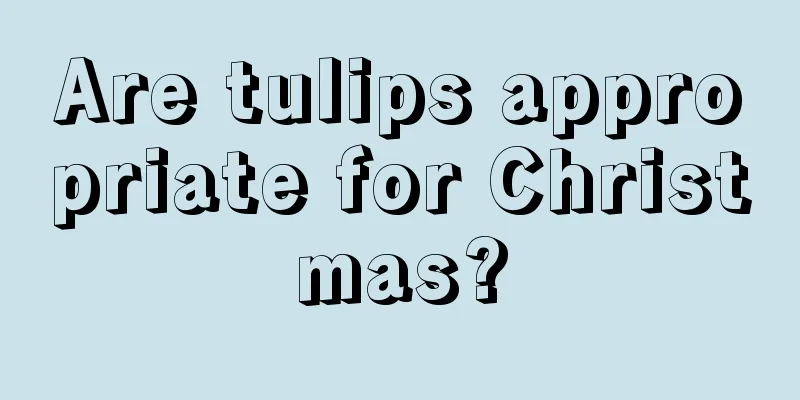Borage cultivation methods and precautions

1. Maintenance methods1. Temperature: It is both cold-resistant and heat-resistant, and can grow normally between 5 and 30 degrees. It grows best when the temperature is maintained at around 20 degrees. Because it can withstand temperatures as low as minus eleven degrees Celsius, it can also be planted in the north, and plants planted in the south can overwinter in the open field. 2. Watering: It is afraid of both drought and waterlogging, so you need to pay special attention when watering it. Not only must you ensure that it is watered thoroughly, but you must also ensure that there is no water accumulation in the soil. The temperature is relatively high in summer and water evaporates quickly, so it is necessary to water the plants every two days. During the non-growing season, watering once a week is sufficient. 3. Fertilization: It is best to use liquid fertilizer for fertilization. Use it once a week during the growth period; potassium dihydrogen phosphate solution should be used once every ten days during the reproductive period, and sprayed two to four times in total. Depending on the growth status of the plant, if it is not growing well, you can also spray it with Gaolida nutritional supplement during the flowering period. 4. Light: It likes sunshine, and sufficient light is very beneficial to its growth. Therefore, during maintenance, you can give it as much light as possible, and the daily light time should be at least six hours. 2. Breeding techniques1. Reproduction: It can be propagated by sowing. Before sowing, the seeds need to be soaked in warm water for forty-eight hours. The water needs to be changed every day, and then the treated seeds are sown into the soil. The sowing method is hole sowing, and three or four seeds are sown in each hole. After sowing, cover it with a thin layer of soil, about two centimeters thick. After completing the above steps, water it thoroughly again, and it will sprout in about two weeks. 2. Pruning: If the plant is too lush, it needs proper pruning. Cut off all the branches that are not growing well to leave enough growth space and nutrients for the healthy branches. 3. Problem Diagnosis1. Pests: After the plant has completed its development, it needs to be sprayed with carbendazim once a week to enhance its resistance, so that it is not easily infected by pests. If it is unfortunately infected, you can use insecticide to spray it. It should be noted that the agent needs to be diluted before spraying. 2. Disease: If the plant has yellow leaves or falls off, it is probably caused by excessive watering. You need to stop watering and resume watering when the soil is completely dry. IV. Other issues1. Toxicity: It is non-toxic and can be cultivated with confidence. 2. Edibility: It is not edible. |
<<: Plum cultivation methods and precautions
>>: Green diamond breeding methods and precautions
Recommend
These flowers can survive in water, no matter how much water you pour
Coinweed As for the pennywort, I believe many flo...
How to grow honeysuckle in winter
base fertilizer Sufficient base fertilizer should...
How often should I water my roses?
How often should I water my roses? There are some...
Planting technology and management methods of chili pepper
In recent years, the demand for peppers in the ma...
What are the effects and functions of okra?
1. Lowering blood lipids Okra contains a lot of d...
When does the yew blossom and bear fruit?
Conditions for yew to bloom and bear fruit If you...
What is the best season to plant eggplant?
Which month is suitable for planting eggplant? Eg...
Lotus planting methods and precautions
When to plant lotus Lotus is an aquatic plant tha...
Pest and disease control of purple echinacea
Root rot This disease is relatively common and ma...
Can juice be planted on the balcony?
Can juice be planted on the balcony? Juice Balcon...
Cultivation methods and precautions of white chrysanthemum (maintenance methods of white chrysanthemum)
White chrysanthemum succulent has been a very pop...
Can eggshells be used as fertilizer? The correct way to make fertilizer
Eggshell fertilizer is a very useful calcium powd...
What vegetables are suitable for planting during the Grain in Ear solar term?
The Grain in Ear solar term is around the beginni...
How to care for passion fruit
Passion Fruit Growing Conditions When caring for ...
The difference between thornless holly and pyracantha
1. Difference of blades The leaves of the thornle...









